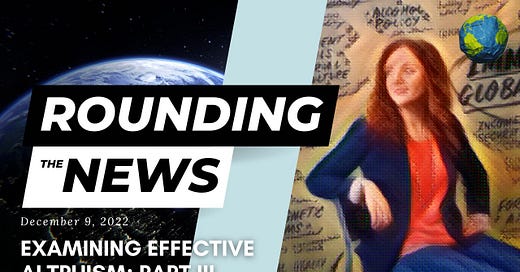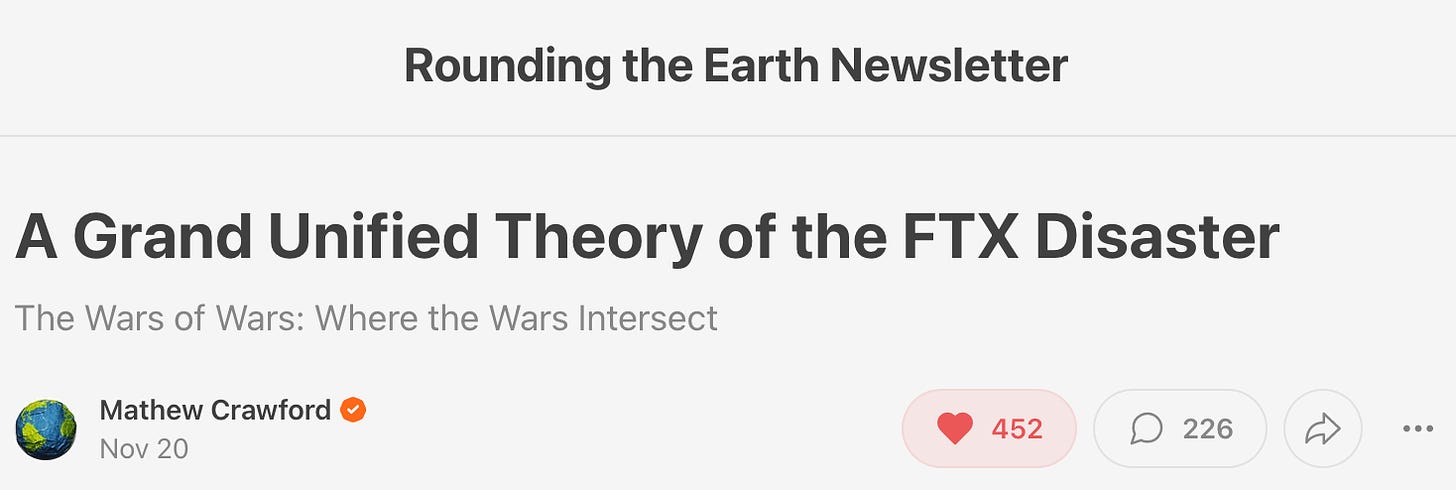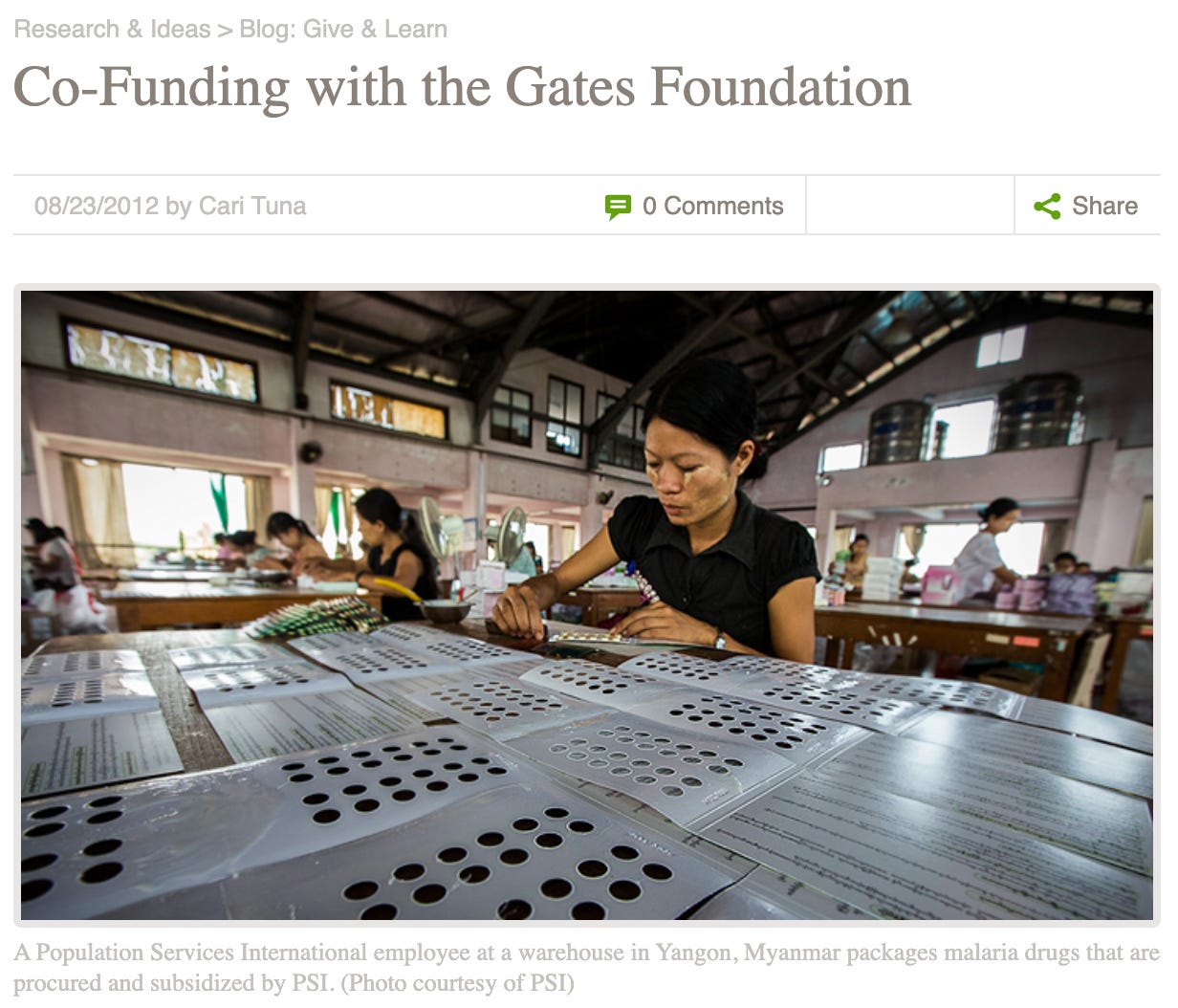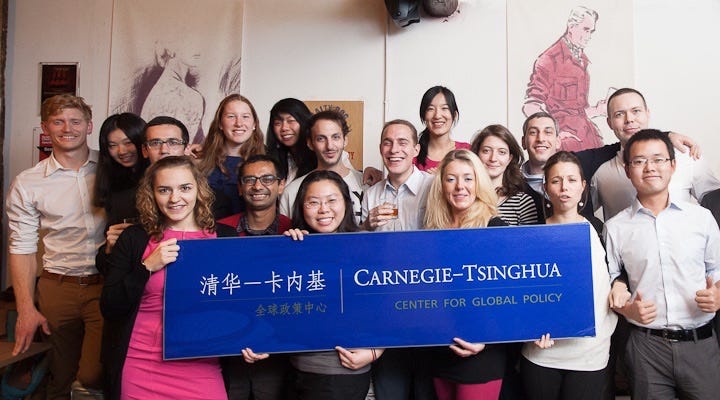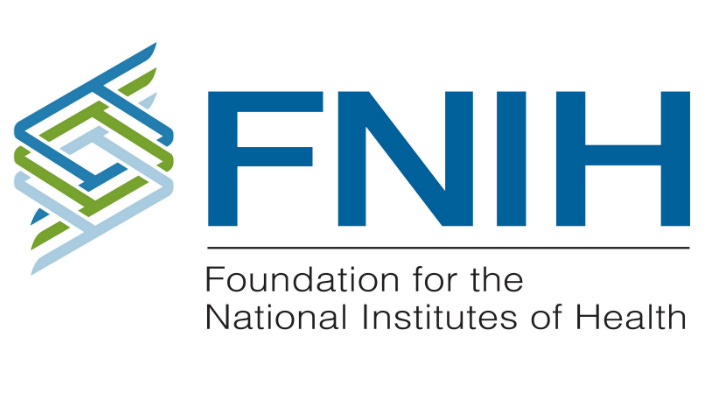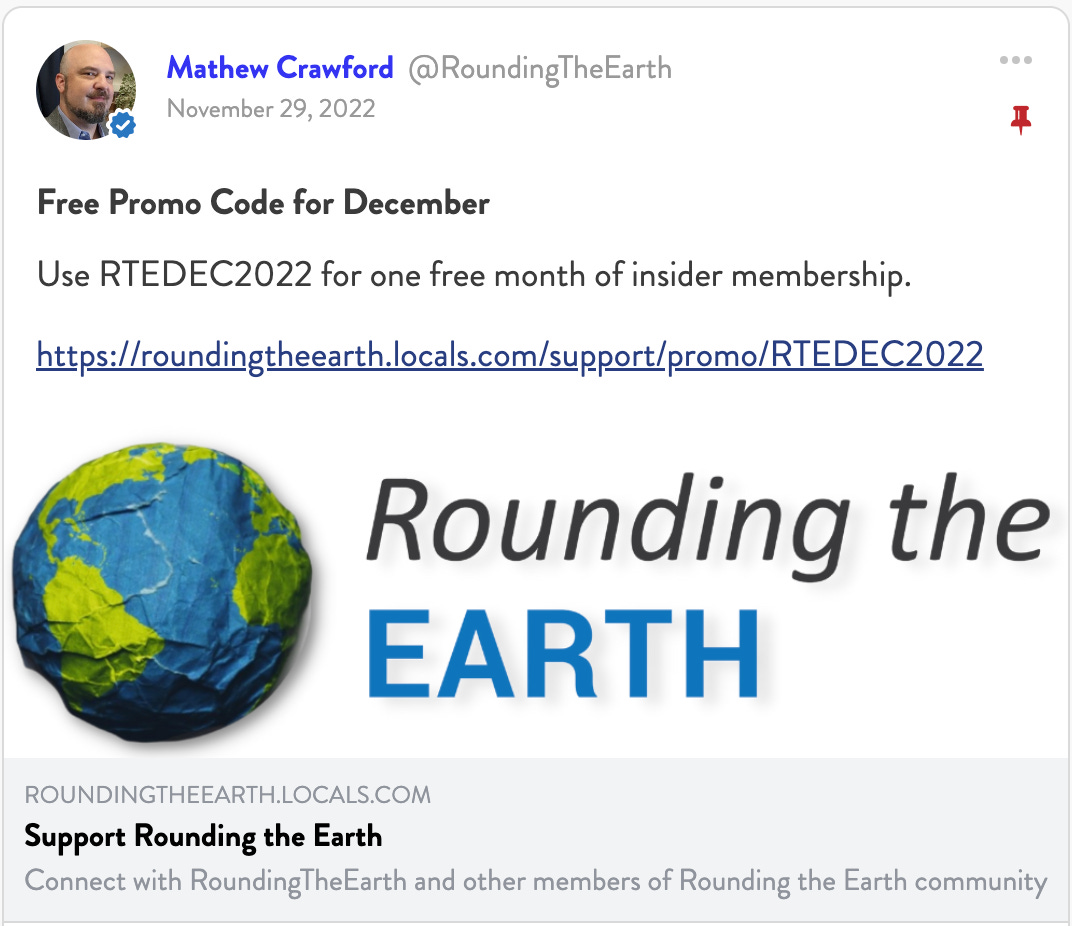Examining Effective Altruism: Part III
Dustin Moskovitz, Cari Tuna, Good Ventures, GiveWell, Open Philanthropy
Happy Friday, everyone, and welcome back to Rounding the News. My name is Liam Sturgess and I will be your host for today's show, presented by Rounding the Earth.
Before we get started, I want to remind everyone that you can support the show by sending us a Rumble Rant or a tip on Rokfin. Even more importantly, I invite you to join us over on our Locals community, where I have posted the show notes for today's episode along with the links to watch the show live on YouTube, Rumble and Rokfin.
We’re continuing our investigation into FTX and Sam Bankman-Fried, a Rounding the News Special Investigation undertaken to bolster Mathew Crawford’s viral Substack article titled A Grand Unified Theory of the FTX Disaster. If you have not read it, do not delay any longer!
This is Dustin Moskovitz
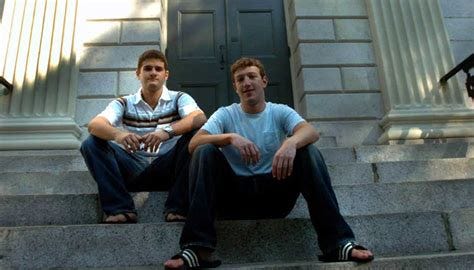
Last week, we dove into the origins of Facebook and its apparent predecessor, LifeLog, a DARPA project to document virtually everything about everybody. We showed that everyone involved in Facebook’s founding went on to invest tremendous time and money into healthcare, pharmaceuticals and cryptocurrency projects, with ties to the World Economic Forum and top military contractors. Today, we finally answer the question: who is Dustin Moskovitz, perhaps one of the most obvious, yet poorly-described, COVID-19 players?
Dustin Moskovitz began studying Economics at Harvard University in 2002, living with roommates Mark Zuckerberg, Chris Hughes, Andrew McCollum and Eduardo Saverin.

As explored in detail in last week’s report, the five young men are said to have invented “the Facebook” in this period, pairing up with Sean Parker and snagging a Peter Thiel investment then moving to California to launch the company in 2004.1
Asana
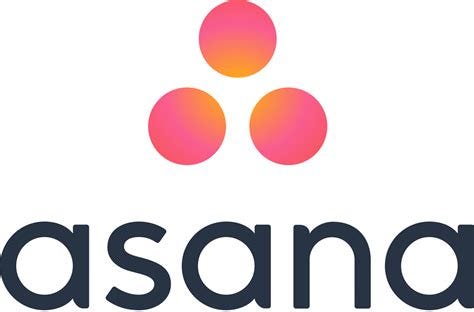
He left Facebook in 2008 to launch another internet venture, Asana. His partner in the venture, Justin Rosenstein, was an engineering lead at Facebook and a former product manager at Google.2
In fact, Rosenstein was reportedly in charge of developing Facebook’s “like button”, Pages, and something called “Beacon”.3 What is Beacon? Well, apparently it was the name for Facebook’s online advertising system that tracked people’s web activities - not just limited to their use of Facebook itself. From a November 2007 article published in PCWorld:4
Beacon will report back to Facebook on members' activities on third-party sites that participate in Beacon even if the users are logged off from Facebook and have declined having their activities broadcast to their Facebook friends. …
Of particular concern is that users aren't informed that data on their activities at these sites is flowing back to Facebook, nor given the option to block that information from being transmitted…
Indeed, the program Rosenstein oversaw was flagged by the discerning tech public as “a serious threat to user privacy” about which Facebook was publicly lying.5
Despite the fact that I was not logged in, Facebook just received enough information to tie the activity I took on their affiliate to my individual account, which combined with the social data they already have, such as circles of friends, level of education, communication patterns, and geographic locations, would allow them to profile individual consumer behavior on a nearly unprecedented level of detail.
It starts to sound eerily like the premise of DARPA’s LifeLog program.
Whether military money or cash from successful entrepreneurship, Moskovitz became very rich, very quick. With all that cash burning a hole in his pocket, he signed Bill Gates’ Giving Pledge in 2010 alongside his future-wife Cari Tuna (making them the youngest pair to sign the pledge).6
Gates’ vision made sense to them. "They had little experience with philanthropy, but they believed that the bulk of the money Moskovitz had made — estimated to be $8.1 billion by Forbes — should be returned to society in their lifetimes."7
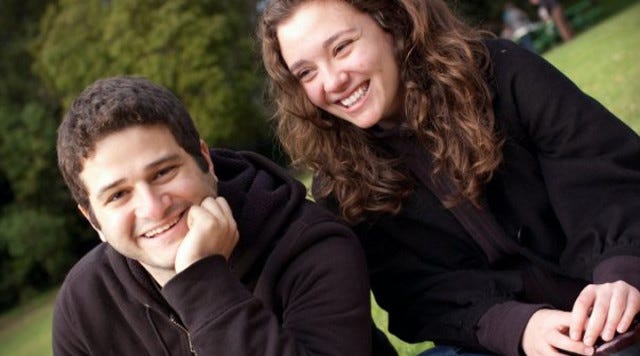
At the time, Tuna was working at the Wall Street Journal. She founded her high school’s chapter of Amnesty International, studying political science at Yale University and worked as a reporter across several publications. Tuna and Moskovitz started dating in 2009. “Tuna said it wasn’t until a few dates into the relationship that it dawned on her that the guy she was seeing was likely to become very wealthy.”

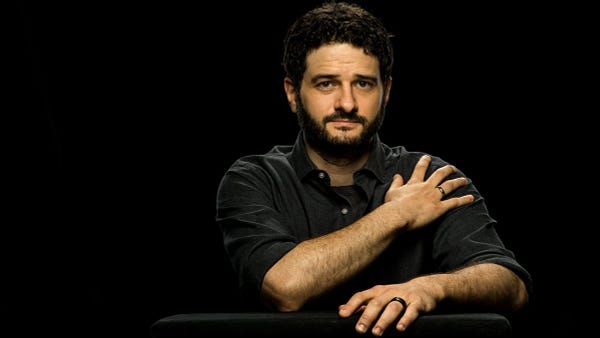
Of course, he very quickly became so. In 2011, Moskovitz was named “the world’s youngest self-made billionaire” by Forbes. Tuna quit her job to allow her to focus on the couple’s new ventures into philanthropy.
She was reportedly in charge of figuring out the couple’s philanthropic game plan while Moskovitz focused on Asana. Interestingly, the official story goes that she rejected the “traditional” method of choosing charitable causes based on personal passion and things that affect or inspire the donor. Instead, she argued, focusing funds on causes that are not as “super-sexy” would be more likely to have a larger relative impact, if they had thus far not received as much attention from donors.
As Tuna was moving from journalism to philanthropy, she claims to have come across a book titled The Life You Can Save by none other than Peter Singer, the same “radical utilitarian” whose earlier essays served as the inspiration for William MacAskill’s pioneering of the “effective altruism” movement.
According to the Washington Post, this decision marked the couple’s entry into the calculating and strategic world introduced to us first by MacAskill:
…they have become pioneers in an emerging philosophy of philanthropy known as “effective altruism” — which applies evidence and reason over things like emotion and intuition to determine where one can do the most good.
The duo are emblematic of a new generation of millennial philanthropists seeking to give far beyond their own communities and experiences.
And thus, the framework was set for Dustin Moskovitz and Cari Tuna to officially join forces with the emerging EA movement and begin to influence the course of world events.
Good Ventures
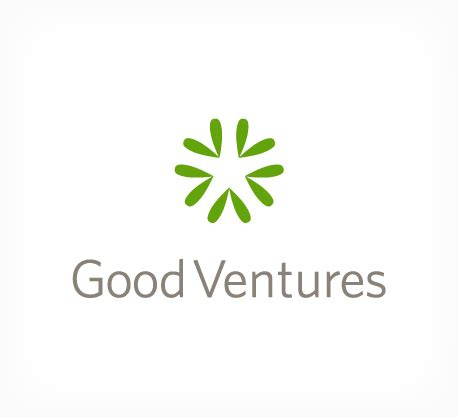
Moskovitz and Tuna launched Good Ventures in 2011. When narrowing down their priority areas, the pair seemed to agree that the scariest thing facing humanity is asteroids - after asking a few questions, they decided that “NASA has this covered.” Other areas of interest they chose to include in their portfolio were:
Antibiotic resistance
Artificial intelligence (AI)
Arts
Biosecurity
Climate change
Criminal justice reform
Malaria
Marijuana policy
Microfinance
Nuclear security
Super volcanoes
U.S. policy
This is nicely drawn out in the lead image from the Washington Post article:
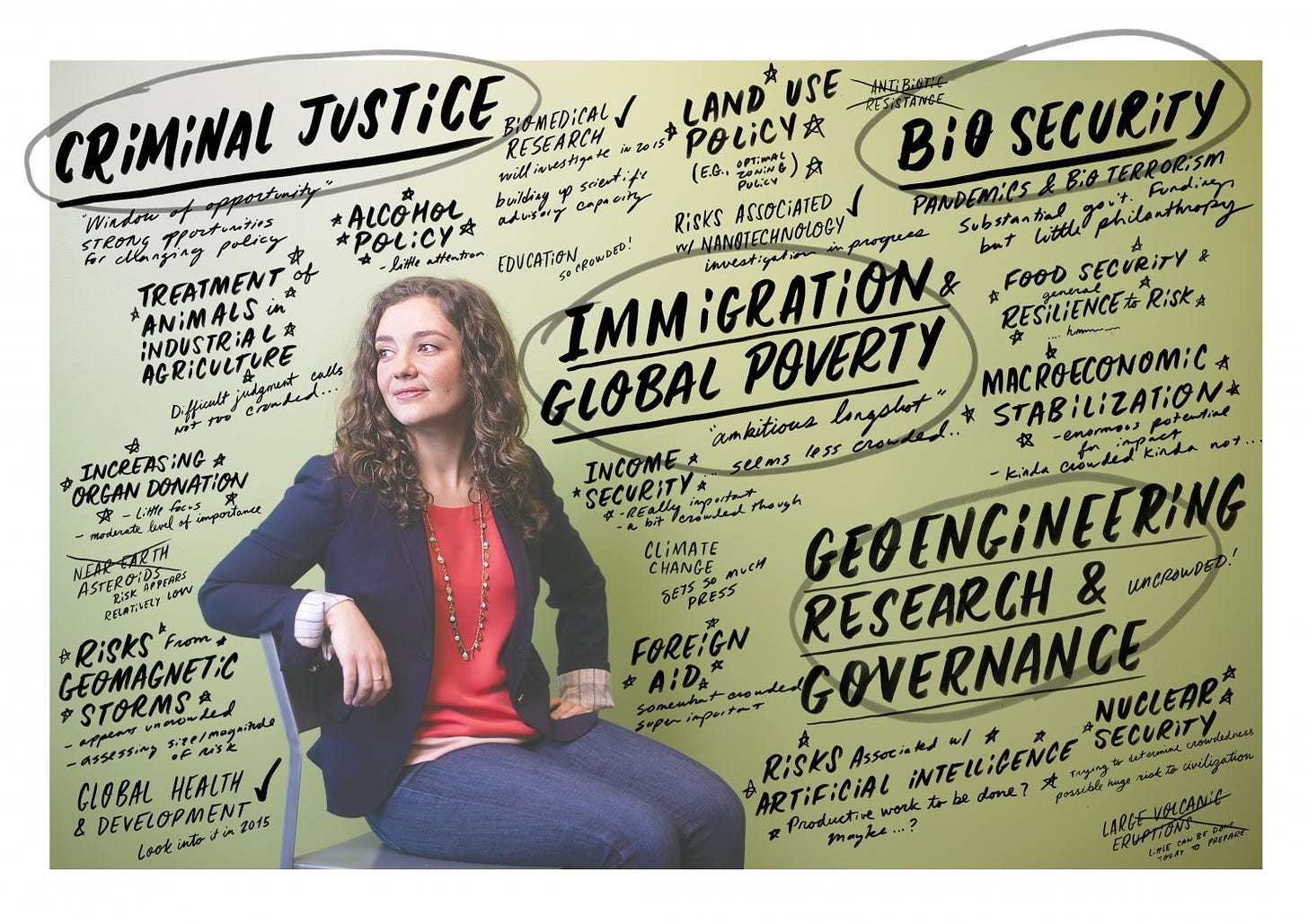
Here are some other highlights from the image:
Alcohol policy
Little attention
Biomedical research
Will investigate in 2015
Building up scientific advisory capacity
Biosecurity
Pandemics & bioterrorism
Substantial gov’t. funding but little philanthropy
Education
So crowded!
Food security
General resilience to risk
Foreign aid
Somewhat crowded
Super important
Geoengineering research & governance
Uncrowded!
Global health & development
Look into it in 2015
Immigration & global poverty
“Ambitious longshot”
Seems less crowded…
Income security
Really important
A bit crowded though
Increasing organ donation
Little focus
Moderate level of importance
Land use policy
E.g. optimal zoning policy
Macroeconomic stabilization
Enormous potential for impact
Kinda crowded kinda not…
Risks associated with nanotechnology
Investigation in progress
Risks from geomagnetic storms
Appears uncrowded
Assessing size/magnitude of risk
Treatment of animals in industrial agriculture
Difficult judgement calls
Not too crowded…
Some of these items will raise flags for those spending lots of time on platforms such as BitChute, where individuals and organizations have been trying to raise awareness for years. Take geoengineering, for example. Far from a “conspiracy theory,” credible voices have been pointing out “off-narrative” activities in the skies that suggest philanthropists like Tuna and Moskovitz were doing more than just scribbling notes. Geomagnetic storms is another interesting one.
It will come as no surprise that the most interesting item to me is “biosecurity.” Prominently circled in the top righthand corner, the subject is elaborated on in the article text:
Biosecurity — the constellation of issues around pandemics, bioterrorism, biological weapons and biotech research that could be used to inflict great harm, according to the group’s definition — may be among the most ripe for investment. While “natural” pandemics like the flu seemed like the biggest threat right now, the team worried whether new technologies could pose a greater risk in time. The government has heavily invested in solutions, but everyone the team interviewed agreed that more needed to be done to, say, increase disease surveillance and strengthen public health systems in developing countries.
Keep in mind that this article was published in December 2015, long before the concept of bioterrorism or pandemics in general had really entered the zeitgeist of the world population (minus moments of brief relevance in 2003 and 2009, to a very minor degree).
Good Ventures’ earliest grants went to organizations that have appeared throughout our investigation, including the Against Malaria Foundation, GiveDirectly, GiveWell, New Incentives, and Population Services International (more on PSI in a couple of paragraphs).8 But there are others of note.
Schistosomiasis Control Initiative (otherwise known as the SCI Foundation) is endorsed by Giving What We Can and another organization called The Life You Can Save, and receives additional funding from GiveWell. The board of trustees includes representatives formerly of GlaxoSmithKline, BP, BBC Media Action, Grand Challenges Canada (a Gates Foundation-backed venture),9 Malaria No More UK, and Young Diplomats of Canada (backed by the G20, World Bank, International Monetary Fund, and the United Nations), among others.10
Alliance for Open Society International is the operating name of Open Society Institute Baltimore, which describes itself as “the only U.S. field office for the Open Society Foundations, one of the primary foundations of liberal billionaire George Soros.”11 Other donors to AOSI include the Ford Foundation, New World Foundation, Schwab Charitable Fund and the William and Flora Hewlett Foundation.12
The Cochrane Collaboration (now just Cochrane) is an influential charitable research organization that has helped manage the flow of information during the COVID-19 crisis.
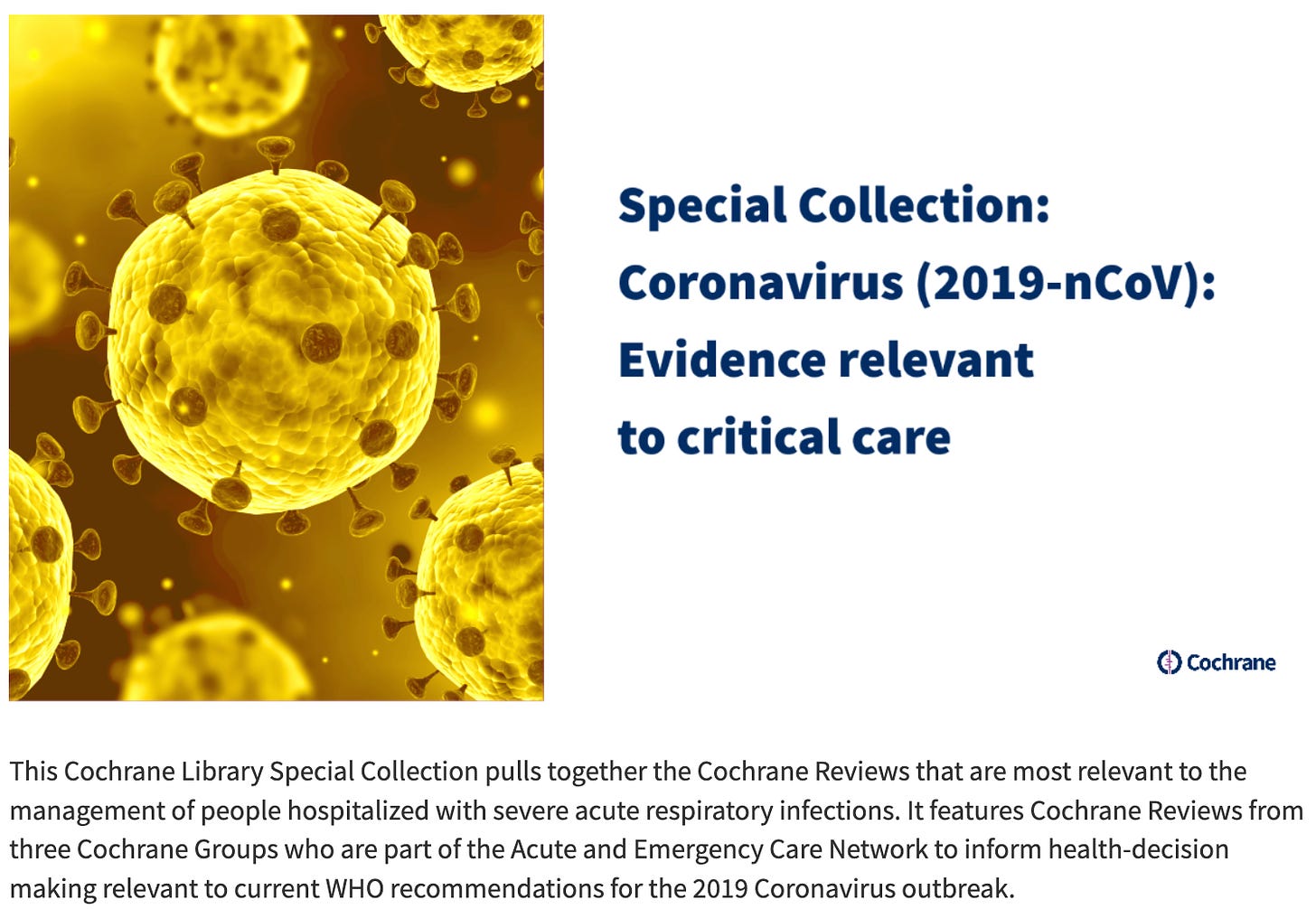
When Dr. Tess Lawrie went looking through the scientific literature to evaluate the existing research on ivermectin, she applied “strict Cochrane methodology, which included using randomized controlled trials only, assessing the risk of bias of each trial and assessing the certainty of the overall evidence using the grade approach.”13 Cochrane is also funded by the National Institutes of Health (NIH), the pharma-funded Population Health Research Institute (PHRI), the South African Medical Research Council (SAMRC), University of Oxford, and the World Health Organization.14
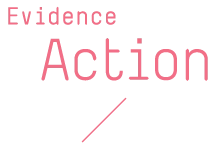
Evidence Action is a non-profit organization working to “deworm the world” (but for the love of God, never for COVID-19 patients!) which is also funded by the Centre for Effective Altruism, Effective Altruism Australia, the Effective Altruism Foundations in Germany and the Netherlands, The END Fund, Founders Pledge, GiveWell, Giving What We Can, The Life You Can Save, Open Philanthropy, and the World Bank Group.15
Partners in philanthropy
It seems to me that the pair was surrounded by role models who guided their thinking. Among the people cited as various forms of “advisors”/colleagues in the WaPo article are Paul Brest of the William and Flora Hewlett Foundation, Laura Arrillaga-Andreessen of the Laura Arrillaga-Andreessen Foundation, Susan Urahn of Pew Charitable Trusts, Matt Cohler of Benchmark; topped off with a trip to the Brookings Institution.
Not to be forgotten in this equation is the ever-present Bill & Melinda Gates Foundation. On an archived page from 2013, Good Ventures lists the Gates Foundation as a partner, explaining they “work[ed] closely with other funders to support promising projects and learn how to give effectively.”16 In a August 2012 blog post titled "Co-Funding with the Gates Foundation," Tuna elaborated on the relationship between the two organizations.17 They first met in September 2011 with the Gates Foundation's Global Health program team, and shortly after agreed to contribute $1 million to "an effort in Myanmar to contain and eliminate growing drug resistance to the highly effective antimalarial medication artemisinin" led by Population Services International (PSI), as recommended to Good Ventures by the Gates Foundation.
GiveWell
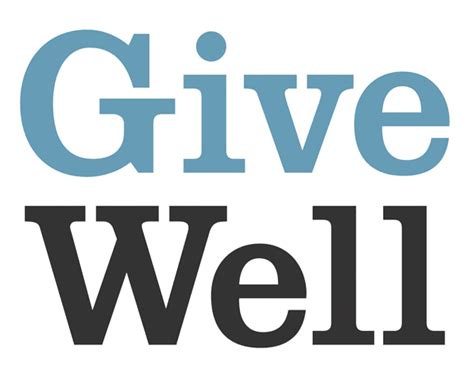
The second partner listed on the archived webpage was GiveWell. Recall that GiveWell was yet another organization that kept popping up in our first EA article from two weeks ago. How does it connect to the genesis of effective altruism?
GiveWell’s story starts a little further back in 2006. A Harvard graduate named Holden Karnovsky was working as a hedge fund analyst at a venture capital firm called Bridgewater Associates when - as the WaPo story goes - he became “frustrated that he could not compare the impact of different charities when he tried to give away $5,000 of his own one year.”
Karrnovsky co-worker, Elie Hassenfeld, shared a similar desire to enhance his ability to select the correct recipient for his generosity, and the two formed a “charity club” that made use of data and metrics similar to those used at Bridgewater. This resulted in the founding of The Clear Fund, operating as GiveWell, in 2007.18
Karnovsky ran into some trouble at the outset, deceptively promoting GiveWell on internet forums with an old “manufacturing of consent” ploy:19
Mr. Karnofsky, writing as geremiah, posted a question to Ask MetaFilter, a question-and-answer page that is part of MetaFilter, a community blog. …
Mr. Karnofsky, writing as himself under the name holden0 but without disclosing his relationship with GiveWell, answered his own question and recommended GiveWell’s Web site.
This resulted in Karnofsky being demoted by GiveWell’s board of directors following the revelation of the lie in 2008.
Not to be deterred, in 2013, GiveWell moved its offices to San Francisco to be closer to the growing enthusiasm stateside for the “Effective Altruism” movement.20
Joining forces
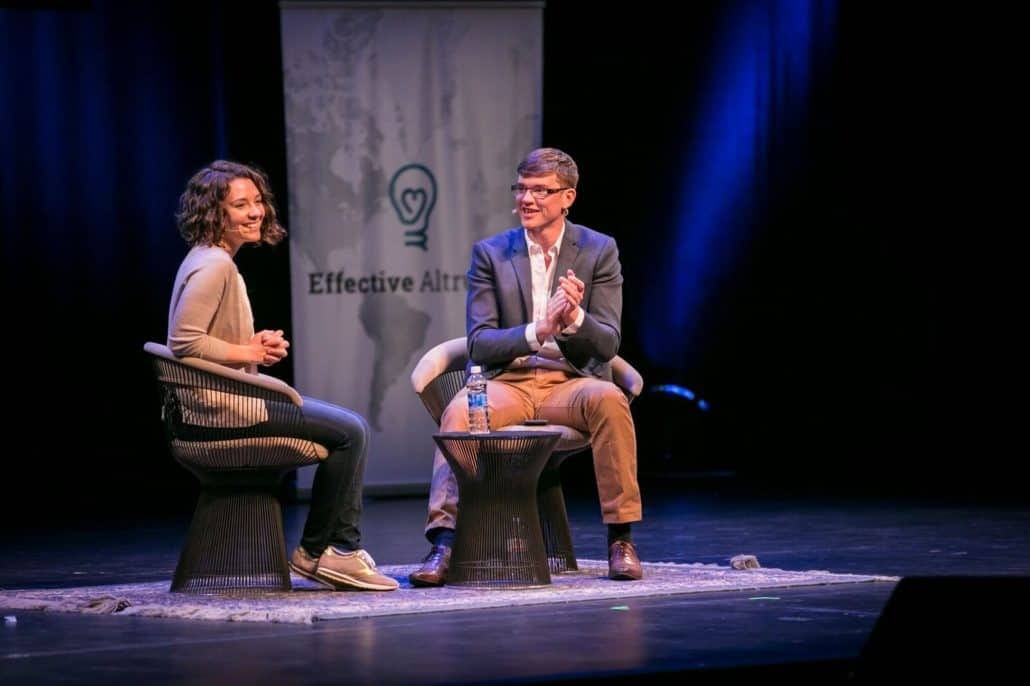
It was reportedly Peter Singer's book that is also where Cari Tuna first learned about GiveWell. She joined GiveWell’s board of directors in April 2011, kicking off the process of interconnecting Good Ventures and GiveWell in key ways.21 The two began coordinating their donations, eventually functionally merging operations. In a 2012 blog post, Karnofsky wrote:22
After a year of exploration, Cari stated to us that while many of the people she had spoken to had been helpful, GiveWell seemed to be most in alignment with the values of Good Ventures and had given the most helpful support in pursuing these values, and that GiveWell’s research appears to her to be at least as high-quality as any foundation research she’s seen. Now, GiveWell and Good Ventures plan to “act as a single team” as we source and vet funding opportunities in areas in which our interests overlap.
Open Philanthropy
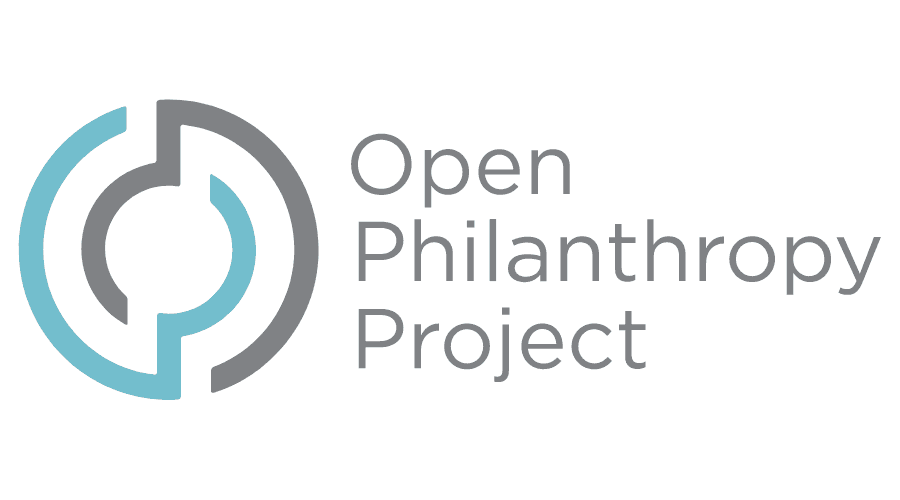
While not technically a merger, the partnership quickly led to “locking step” on a new project called GiveWell Labs, which was renamed in August 2014 to the Open Philanthropy Project.23 It was at this point that Good Ventures phased out its own staff, eventually operating solely for the purpose of funding causes at the direction of Open Philanthropy, supported by GiveWell's research and recommendations:24
Currently, Good Ventures does not employ full-time staff. Instead, we rely on the research and recommendations of two organizations with which we partner closely: Open Philanthropy and GiveWell.
Open Philanthropy advises major donors on how to maximize the impact of their giving. Its mission is to help others as much as possible with its available resources.
GiveWell finds outstanding giving opportunities and publishes the full details of its analysis to help donors decide where to give. It recommends a small number of “top charities” that deliver evidence-backed, cost-effective and scalable programs.
Following this shift, Good Ventures’ donations escalated in scale and scope. Starting in August 2014, Open Philanthropy started funding more ambitious projects, kicked off with a $103,000 grant to RAND Corporation to “conduct a study about the consequences of legalizing marijuana in Vermont, on behalf of the State of Vermont.”25
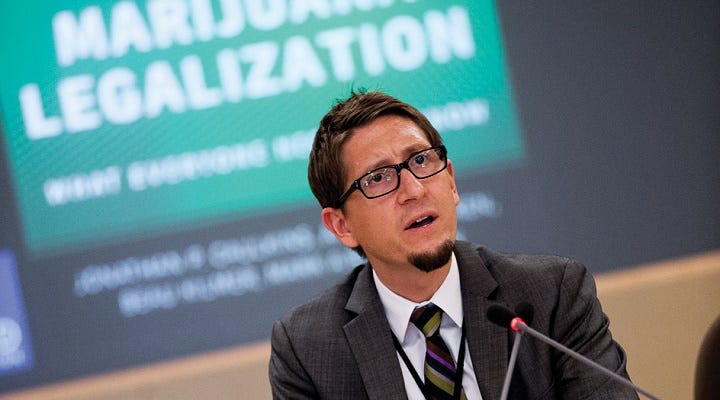
From then on, Open Philanthropy went on a spending spree that covered every major area of actionable policy, with a particular focus on food, crime, social justice, elections, healthcare, drug development, vaccines, animals, nuclear weapons, geoengineering, digital identification, and indeed, biological warfare. A shortlist of key recipients from 2014 and on include:
80,000 Hours
African Union Development Agency
Against COVID-19
Alliance for International Medical Action
American Civil Liberties Association (ACLU)
American Society for Microbiology
Applied Research Laboratory for Intelligence and Security (ARLIS)
Berkeley Essential Risk Institute
Bipartisan Commission on Biodefense
Brigham and Women’s Hospital
Cambridge Existential Risk Initiative
Carnegie Endowment for International Peace
Carnegie Mellon University
CDC Foundation
Center for a New American Security
Center for Applied Rationality
Center for Court Innovation
Center for Effective Global Action
Center for Election Science
Center for Governance of AI
Center for International Security and Cooperation
Center for Long-Term Cybersecurity
Center for Popular Democracy
Center for Population-Level Bioethics
Center for Security and Emerging Technology
Center for Strategic and International Studies (CSIS)
Center for Welfare Metrics
Center on Budget and Policy Priorities
Center on Poverty and Inequality
Centre for Effective Altruism
Charity Entrepreneurship
Charity Science Health
ClimateWorks Foundation
Effective Altruism Debate Championship
Effective Altruism Foundation
Emmett Institute on Climate Change & the Environment
The END Fund
Engineers Without Borders USA
Federation of American Scientists
Flanders Institute of Biotechnology
Forum for Climate Engineering Assessment
Foundation for the National Institutes of Health (FNIH)
Founders Pledge
Future of Humanity Institute
Future of Life Institute
Genspace
Georgetown Center for Global Health Science and Security
Giving What We Can
Global Commission on Governing Risks from Climate Overshoot
Global Food Partners
Global Health Security Network
Global Priorities Institute
Gryphon Scientific
The Guardian
Icahn School of Medicine at Mount Sinai
IDinsight
Institute for Protein Design
International Genetically Engineered Medicine Foundation (iGEM)
International Vaccine Institute
Iodine Global Network
Johns Hopkins Center for Health Security
Kaiser Permanente for Health Research
KEMRI-Wellcome Trust Research Programme
Life Sciences Research Foundation
Longview Philanthropy
Malaria Consortium
Massachusetts General Hospital
Massachusetts Institute of Technology (MIT)
MIT Media Lab
Montreal Institute for Learning Algorithms
Multidisciplinary Association for Psychedelic Studies
National Academies of Sciences, Engineering, and Medicine
National Bureau of Economic Research
Nigerian Institute of Medical Research
Nuclear Threat Initiative
PATH
Rockefeller University
Sherlock Biosciences
Stanford Existential Risks Initiative
Université de Montréal
University Health Network
University of British Columbia
University of Toronto
Urban Institute
Vera Institute of Justice
Vital Strategies
World Economic Forum
World Organisation for Animal Health
Yale University School of Medicine
…along with many, many more. Notice that many of these are explicitly not altruistic organizations, nor are they even non-profits. Present are government institutions, many research universities, think tanks, and straight-up commercial ventures. Canadians may be surprised to see that Open Philanthropy’s reach extended up into the Universities of Toronto, British Columbia and Montreal, and Toronto’s University Health Network.
Sifting through Open Philanthropy’s database of 1322 grants, a few particularly alarming ones stand out.
Carnegie Endowment for International Peace — Work on India and China. This $100,000 grant from March 2015 funded the organization’s initial efforts “to begin learning about policy infrastructure in both India and China,” so as to “support policy work in other countries.”26
Foundation for the National Institutes of Health — Working Group on Malaria Gene Drive Testing Path. This $1,228,845 from July 2016 was just one in an series of grants funding the U.S. government’s research into reducing the mosquito population through genetic editing, using a technology called “gene drives.”27 As described in Nature, gene drives are used to “bypass natural selection and plug in a gene that would mushroom through the population faster than a mutation handed down by the usual process of inheritance.”28 Eventually, the entire population can be eliminated. The research surrounding gene drives seems to be focused on mosquitoes and attempting to rid the world of malaria,29 but the technology is by no means limited in its capabilities to any single species. What is to stop this power from being used for eugenic purposes? Besides, I can't help but find its mechanism of action nearly identical to that of the mRNA and adenoviral vector genetic “vaccine” products deployed in 2020-2022: "The technique relies on the gene-editing tool CRISPR and some bits of RNA to alter or silence a specific gene, or insert a new one. In the next generation, the whole drive copies itself onto its partner chromosome so that the genome no longer has the natural version of the chosen gene, and instead has two copies of the gene drive." Adding to the list of reasons to find this concerning is the fact that “the FNIH and the Bill & Melinda Gates Foundation have been key actors supporting the development of this new technology.”
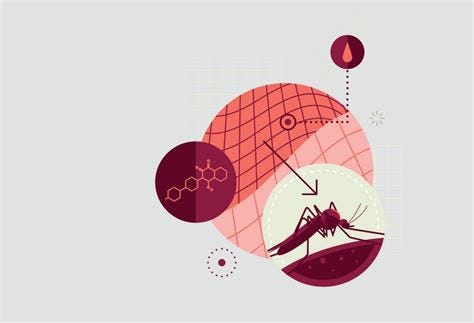
Image source: Virginia Tech Science Magazine CDC Foundation — Malaria Control Research. Here’s a slightly earlier grant for the same purpose, issued in September 2016 to the CDC Foundation.30 This $1,214,437 focuses on RNA interference (RNAi), an specialty of several companies directly tied to the lipid nanoparticle technology used in the Pfizer-BioNTech and Moderna COVID-19 genetic vaccines, particularly Alnylam Pharmaceuticals.3132
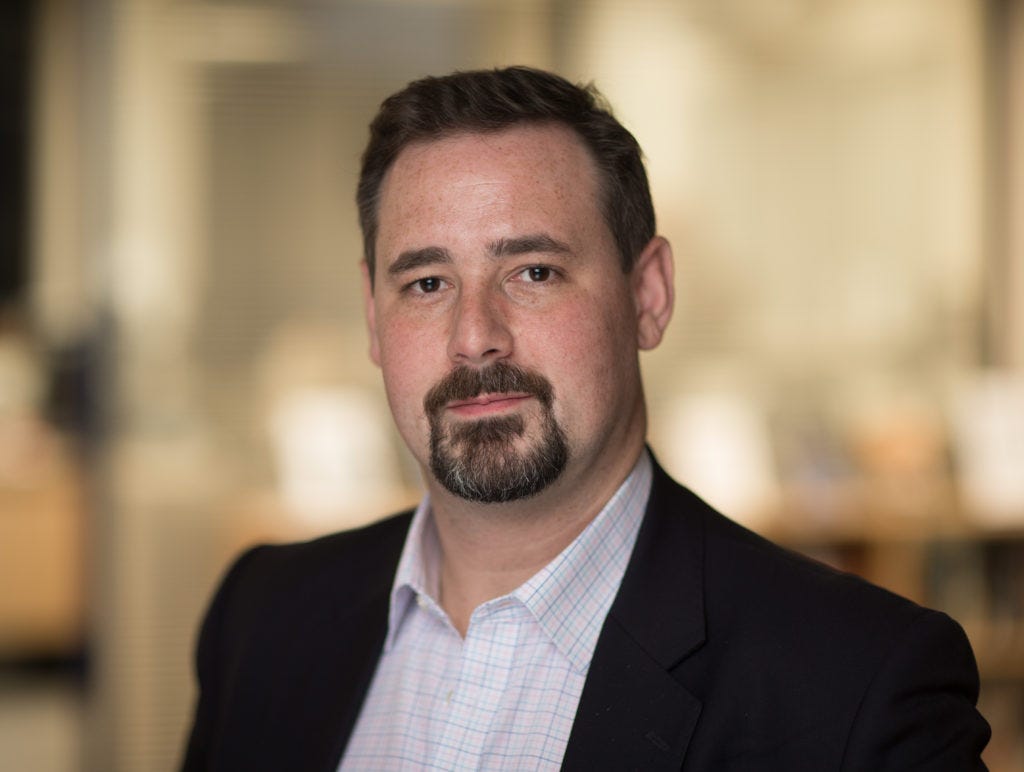
Piers Millett. Image source: Future of Humanity Institute Future of Humanity Institute — Biosecurity and Pandemic Preparedness. This $115,652 grant from September 2016 went to “support Piers Millett's work on biosecurity at the Future of Humanity Institute.”33 Recall that the FHI was one of the very first funders of the Centre for Effective Altruism, and operates out of the same facility to this day. Millett's biography boasts that he "focuses on pandemic and deliberate disease and the implications of biotechnology."34 Furthermore, Millett went on to be appointed by the Nuclear Threat Initiative as "founding executive director of the International Biosecurity and Biosafety Initiative for Science (IBBIS), a new organization that will work collaboratively with global partners to strengthen biosecurity norms and develop innovative tools to uphold them."35
University of Oxford — New Office for Effective Altruism Organizations. Further to the above, Open Philanthropy directed $776,271 to the University of Oxford in February 2020 “to support a new office for four effective altruism organizations” including the Centre for Effective Altruism, the Forethought Foundation, the Future of Humanity Institute, and the Global Priorities Institute. How nice of them.36
Nuclear Threat Initiative — Biosecurity Program Support (February 2020). $8,000,000 to “support NTI’s work to reduce Global Catastrophic Biological Risks, enhance biosecurity, and advance pandemic preparedness.”37 This followed a similar grant for $1,904,942 from November 2018.38
MIT Media Lab — Kevin Esvelt’s Research (2019). $1,000,000 in March 2019 to “conduct research on global catastrophic risks, global health, and animal welfare.”39
The Center for Election Science — General Support. This $598,600 grant was issued in December 2017 to the Center for Election Science, a US-based non-profit organization working “to cultivate grassroots supporters to build support for alternative voting system ballot initiatives at the city level.”40 You'll never guess who is listed as the "external investigator" for the grant: Will MacAskill. He returned to advocate for the group again in 2018 - the year of the mid-term elections in the US.41
For the sake of time, I will provide this last selection of grants for you to take a look at for yourself. You won’t be disappointed:
Arizona State University — Canine Cancer Vaccine Trial (Stephen Johnston)
CHS — Biosecurity, Global Health Security, & Global Catastrophic Risks
University of Washington — Flu Vaccine and Protein Design (Baker and King)
It’s unclear to me at what point Dustin Moskovitz and Cari Tuna officially adopted the label of “effective altruists” but all roads seem to point to Peter Singer. Pick up a Peter Singer essay from the ‘70s, you’re an effective altruist. Stumble on Peter Singer’s new book on whose life is more worthwhile to save, you’re an effective altruist. Regardless of the specific moment, the Open Philanthropy Project certainly made it official, as elaborated on in a 2018 article from Vox titled, “You have $8 billion. You want to do as much good as possible. What do you do?”42
The team at Open Phil are effective altruists, members of a growing movement that commits itself to using empirical methods to work out how to do the most good it possibly can.
The article names Peter Singer, William MacAskill (and his ventures, 80,000 Hours and Giving What We Can), Good Ventures, GivingWell, Open Society Project, et al, and ties them together into one big Effective Altruism bow.
It is undeniable that these are all members of a club they’re proud to talk about. These people made a lot of money working in big tech, venture capitalism, even academia, and are ready to use their money to change the world in their image. That’s exactly what they’re telling us. We should believe them, because it appears to be exactly what they’ve done.
But maybe we’re missing a piece here. It’s quite clear that Peter Singer is the source of inspiration for much, if not all, of the formal Effective Altruism movement; he’s quite literally cited as such by William MacAskill and Cari Tuna, among others. We’re nearing the end of this phase of the investigation, but before we sprint towards the FTX finish line, let’s finally dive into Peter Singer and his ventures, next week on Rounding the News.
If you’ve enjoyed the show and have been watching live, please drop us a Rumble Rant or a tip on Rokfin. We may even be back up and running on YouTube soon, ready to accept your Superchats there too.
Most importantly, before you leave, go sign up as a member of our Locals community at www.RoundingtheEarth.locals.com. There, we are hosting weekly “insider” discussions about topics we’re not yet prepared to go public with, but bear discussing nonetheless.
If you have not read Mathew’s viral article, on FTX and the Grand Unified Theory of the associated disaster, it’s time you do so, as I consider this Rounding the News special investigation to be supplementary to his piece.
You can even snag yourself a free month of premium support on Locals using the promo code included on the pinned comment, after which you can choose to pay as little as $5/month to keep us going and gain access to behind-the-main-scenes discussions that we’re keeping within our more intimate community.
I have been Liam Sturgess, and you can find me at www.LiamSturgess.com, or on Twitter @TheLiamSturgess. See you next week!
Agarwal, U. (2020, June 6). Dustin Moskovitz Biography: Success Story of Facebook Co-founder. Vyapaar Jagat. https://web.archive.org/web/20220911164606/https://www.vyapaarjagat.com/international/dustin-moskovitz/
Guynn, J. (2008, October 3). Facebook co-founder Dustin Moskovitz leaves for start-up. Los Angeles Times. https://www.latimes.com/archives/blogs/technology-blog/story/2008-10-03/facebook-co-founder-dustin-moskovitz-leaves-for-start-up
McMullen, T. (2017, October 20). The inventor of the Facebook Like: “There’s always going to be unintended consequences.” Alphr. https://web.archive.org/web/20221207234141/https://www.alphr.com/facebook/1007431/the-inventor-of-the-facebook-like-theres-always-going-to-be-unintended-consequences/
Perez, J. C. (2007, November 30). Facebook’s Beacon More Intrusive Than Previously Thought. PCWorld. https://web.archive.org/web/20210506115703/https://www.pcworld.com/article/140182/article.html
Berteau, S. (2007, November 29). Facebook’s Misrepresentation of Beacon’s Threat to Privacy: Tracking users who opt out or are not logged in. CA Security Advisor Research Blog. https://web.archive.org/web/20071202063213/http://community.ca.com/blogs/securityadvisor/archive/2007/11/29/facebook-s-misrepresentation-of-beacon-s-threat-to-privacy-tracking-users-who-opt-out-or-are-not-logged-in.aspx
Weissman, L. (2015, January 2). Silicon Valley Billionaire Dustin Moskovitz And Cari Tuna On the Reasoned Art Of Giving. Jewish Business News. https://archive.ph/rmr9U
Cari Tuna and Dustin Moskovitz: Young Silicon Valley billionaires pioneer new approach to philanthropy. (2014, December 26). Washington Post. https://web.archive.org/web/20150322195315/http://www.washingtonpost.com/business/billionaire-couple-give-plenty-to-charity-but-they-do-quite-a-bit-of-homework/2014/12/26/19fae34c-86d6-11e4-b9b7-b8632ae73d25_story.html
Grants Database. Good Ventures. Retrieved December 9, 2022, from https://web.archive.org/web/20221209002150/https://www.goodventures.org/our-portfolio/grants-database?orderby=cf_grants_date&sort=asc
Partnerships. (2013, January 15). Grand Challenges Canada. https://archive.ph/bpdW7
Board of Trustees. SCI Foundation. Retrieved April 19, 2022, from https://web.archive.org/web/20220419152857/https://schistosomiasiscontrolinitiative.org/about/board-of-trustees
Mission and Values. Open Society Institute – Baltimore. Retrieved September 4, 2018, from https://web.archive.org/web/20180904203426/https://www.osibaltimore.org/about/mission-and-values/
Alliance for Open Society International (Open Society Institute Baltimore). Influence Watch. Retrieved December 9, 2022, from https://www.influencewatch.org/non-profit/alliance-for-open-society-international/
Lawrie, T. (2021, May 7). Dr Tess Lawrie: Why Are We Not Using Ivermectin For Covid? Ratical. https://web.archive.org/web/20221118170841/https://ratical.org/PandemicParallaxView/DrTessLawrie-IVM-for-Covid-050721.html
Our funders and partners. (2022). Cochrane. https://web.archive.org/web/20220611182930/https://www.cochrane.org/about-us/our-funders-and-partners
Who we are. Evidence Action. Retrieved December 6, 2022, from https://web.archive.org/web/20221206025516/https://www.evidenceaction.org/who-we-are-2/
Partners. Good Ventures. Retrieved March 15, 2013, from https://web.archive.org/web/20130315053714/http://www.goodventures.org/about-us/partners
Tuna, C. (2012, August 23). Co-Funding with the Gates Foundation. Good Ventures. https://web.archive.org/web/20130316005622/http://www.goodventures.org/research-and-ideas/blog/co-funding-with-the-gates-foundation
The Bryant Park Project. (2007, December 24). Young Duo to “Clear” the Way for Charitable Giving. NPR. https://web.archive.org/web/20221208232454/https://www.npr.org/templates/story/story.php?storyId=17571316
Strom, S. (2008, January 8). Founder of a Nonprofit Is Punished by Its Board for Engaging in an Internet Ruse. The New York Times. https://www.nytimes.com/2008/01/08/us/08givewell.html
Pitney, N. (2015, March 26). That Time A Hedge Funder Quit His Job And Then Raised $60 Million For Charity. HuffPost. https://www.huffpost.com/entry/elie-hassenfeld-givewell_n_6927320
Preston, C. (2012, January 10). Another Facebook Co-Founder Gets Philanthropic. The Chronicle of Philanthropy. https://archive.vn/1JU06
Holden. (2012, June 28). GiveWell and Good Ventures. The GiveWell Blog. https://archive.vn/T54N
Holden. (2014, August 20). Open Philanthropy Project (formerly GiveWell Labs). The GiveWell Blog. https://archive.vn/BHgIg
Grantmaking Approach. Good Ventures. Retrieved November 22, 2022, from https://archive.vn/K5Tcx
RAND Corporation — Research for Vermont. (2014, August). Good Ventures. https://web.archive.org/web/20220702194446/https://www.goodventures.org/our-portfolio/grants/rand-corporation-research-for-vermont
Carnegie Endowment for International Peace — Work on India and China. (2015, March). Good Ventures. https://www.goodventures.org/our-portfolio/grants/carnegie-endowment-for-international-peace-work-on-india-and-china
FNIH — Working Group on Malaria Gene Drive Testing Path. (2016, July). Good Ventures. https://web.archive.org/web/20210917100358/https://www.goodventures.org/our-portfolio/grants/fnih-working-group-on-malaria-gene-drive-testing-path
Megan Scudellari. (2019, July 9). Self-destructing mosquitoes and sterilized rodents: the promise of gene drives. Nature. https://www.nature.com/articles/d41586-019-02087-5
Target Malaria — Gene Drives for Malaria Control. (2017, January 24). Open Philanthropy. https://web.archive.org/web/20220717014443/https://www.openphilanthropy.org/grants/target-malaria-gene-drives-for-malaria-control/
CDC Foundation — Malaria Control Research. (2016, September). Good Ventures. https://web.archive.org/web/20210923060937/https://www.goodventures.org/our-portfolio/grants/cdc-foundation-malaria-control-research
RNAi Therapeutics | How RNA Interference Works. Alnylam® Pharmaceuticals. Retrieved June 2, 2022, from https://archive.ph/jE2eD
Zimmermann, T. S., Lee, A. C. H., Akinc, A., Bramlage, B., Bumcrot, D., Fedoruk, M. N., Harborth, J., Heyes, J. A., Jeffs, L. B., John, M., Judge, A. D., Lam, K., McClintock, K., Nechev, L. V., Palmer, L. R., Racie, T., Röhl, I., Seiffert, S., Shanmugam, S., & Sood, V. (2006). RNAi-mediated gene silencing in non-human primates. Nature, 441(7089), 111–114. https://doi.org/10.1038/nature04688
Future of Humanity Institute — Biosecurity and Pandemic Preparedness. (2016, September). Good Ventures. https://web.archive.org/web/20220702205628/https://www.goodventures.org/our-portfolio/grants/future-of-humanity-institute-biosecurity-and-pandemic-preparedness
Piers Millett. The Future of Humanity Institute. Retrieved December 9, 2022, from https://web.archive.org/web/20221209192038/https://www.fhi.ox.ac.uk/team/piers-millett/
NTI Announces Dr. Piers Millett as Inaugural Executive Director of New International Biosecurity Organization, IBBIS. (2022, October 4). The Nuclear Threat Initiative. https://web.archive.org/web/20221209191924/https://www.nti.org/news/nti-announces-dr-piers-millett-as-inaugural-executive-director-of-new-international-biosecurity-organization-ibbis/
University of Oxford — New Office for Effective Altruism Organizations. (2020, February). Good Ventures. https://archive.vn/Cxbjm
Nuclear Threat Initiative — Biosecurity Program Support (February 2020). (2020, February). Good Ventures. https://www.goodventures.org/our-portfolio/grants/nuclear-threat-initiative-biosecurity-program-support-2020
Nuclear Threat Initiative — Projects to Reduce Global Catastrophic Biological Risks. (2018, November). Good Ventures. https://www.goodventures.org/our-portfolio/grants/nuclear-threat-initiative-projects-to-reduce-global-catastrophic-biological
MIT Media Lab — Kevin Esvelt’s Research (2019). (2019, March). Good Ventures. https://archive.vn/ZjuhT
The Center for Election Science — General Support. (2017, December). Good Ventures. https://www.goodventures.org/our-portfolio/grants/the-center-for-election-science-general-support
aaronhamlin. (2018, December 15). Why You Should Invest In Upgrading Democracy And Give To The Center For Election Science. Effective Altruism Forum. https://web.archive.org/web/20221206184145/https://forum.effectivealtruism.org/posts/jSjBHmgu3ZGcrW4t2/why-you-should-invest-in-upgrading-democracy-and-give-to-the
Matthews, D. (2015, April 24). You have $8 billion. You want to do as much good as possible. What do you do? Vox. https://www.vox.com/2015/4/24/8457895/givewell-open-philanthropy-charity

